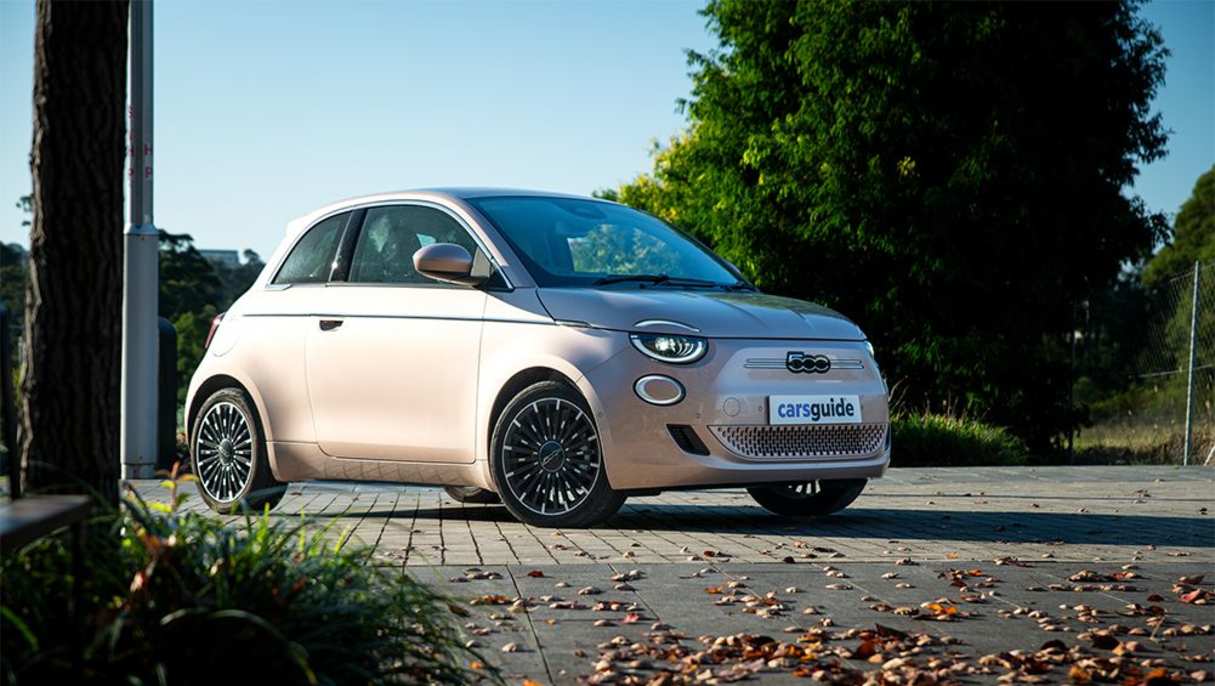In the face of ever-tightening vehicle emission performance standards for car and light commercial vehicles applied by the EU’s European Commission and growing inventory, particularly in North America, the world’s fourth-largest carmaker Stellantis has decided to reduce production of selected petrol and diesel models across its brand portfolio.
The EU is reducing the cap on average CO2 emissions from new vehicle sales by 19 per cent from 116 grams per kilometre this year to 94g/km from January 1, 2025.
And as reported by motor1.com Stellantis sales in the United States dropped by 16 per cent in the first half of 2024: Jeep -9.0 per cent, Ram -26 per cent, Chrysler -8.0 per cent and Dodge -16 per cent.
At the same time factory and retail inventory for Alfa Romeo and Fiat in the USA has ballooned, making ‘cars on grass’ a big headache for Stellantis across the board with motor1.com suggesting many units have watched two birthdays pass by while sitting in wholesale or dealer stock.
So, Stellantis plans to assemble fewer cars in the US in the second half of this year and support increased discounts on MY24 and older cars. According to motor1.com the company intends to ship 200,000 fewer cars to US dealers across the last six months of 2024.

And the US Stellantis National Dealer Council is applying pressure to the corporation’s CEO, Carlos Tavares, suggesting in a recent open letter that he’s steering the business towards a "disaster" and causing the "rapid degradation" of Chrysler, Dodge, Jeep and Ram.
Stellantis has confirmed Tavares will retire at the end of his contract in early 2026.
At the same time recently appointed Chief Operating Officer of Stellantis' operations in Europe, Jean-Philippe Imparato, has said the company is ready to reduce its output of internal-combustion engine (ICE) cars to help manage stock levels and minimise the risk of fines for exceeding fleet emissions targets.

A fine of €95 (A$150) per excess gram of CO2 per car applies in Europe with Renault CEO Luca de Meo on the record with an annual estimate of fines in excess of €15 billion (A$24B) in prospect for European makers.
Stronger demand for zero tailpipe emissions electric vehicles would offset fleet average emissions for the brand’s ICE models, but Stellantis is not alone in already grappling with EV production in the face of variable demand.
According to the European Automobile Manufacturers' Association (ACEA) year-to-date EV sales across the EU were down 5.8 per cent to the end of September, and in a telling move Fiat paused production of its 500e city car (built at its Mirafiori factory on the outskirts of Turin) in mid-September; initially for a month with that timeframe recently extended until November 1, 2024.





.jpg)

.jpg)


_0.jpg)
 (1).jpg)

.jpg)
.jpg)


.jpg)
.jpg)
_0.jpg)



.jpg)

.jpg)


.jpg)
